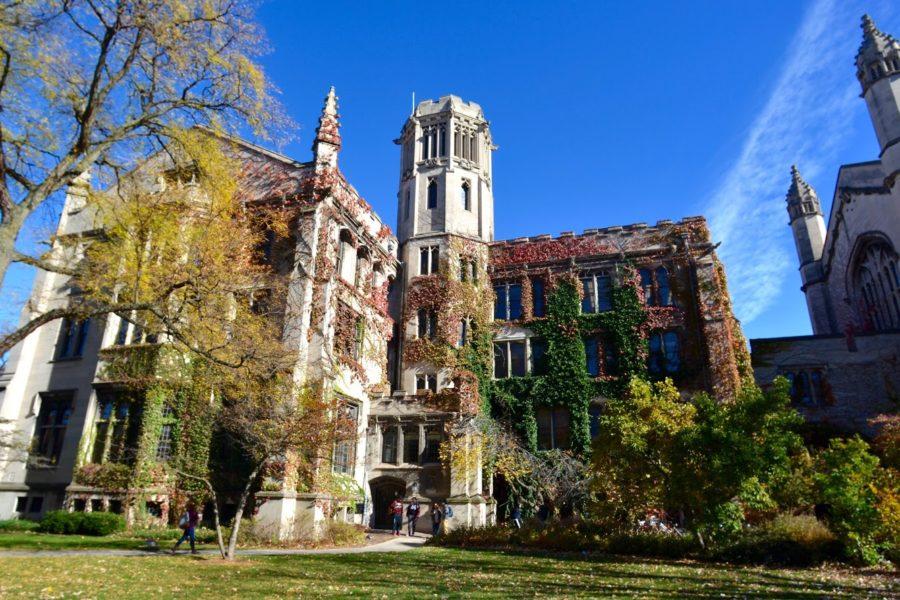On April 25, a stadium-sized white balloon rose up into the skies of a resort town in New Zealand to collect information on cosmic rays of unknown origin.
The balloon was the end result of a NASA project directed by Angela Olinto, the Homer J. Livingston Distinguished Service Professor at the University. Two undergraduate students, fourth-years Mikhail Rezazadeh and Leo Allen (A.B. ’17), helped design an infrared camera to look for cloud cover while it scans the atmosphere in search of ultra-high-energy cosmic rays (UHECR).
UHECR are extremely energetic particles from outside the solar system that occasionally reach the Earth’s atmosphere. These particles are very rare, occurring at a rate of one per century per square kilometer, and are frequently over a million times more energetic than the fastest particles ever accelerated at the Large Hadron Collider.
Very little is currently known about the origin of cosmic rays, and the team hopes that the data will be able to shed some light on their nature.
“There exist things that are more energetic on a particle level than anything we could create here on Earth…and we have absolutely no idea where they come from. I honestly just think that’s fascinating,” Allen said. Allen traveled to New Zealand for the launch.
The balloon carries an ultraviolet camera looking down on the earth, which can detect the “energy showers” created when a high-energy particle interacts with nitrogen in the atmosphere. By tracing the path of these showers, the point of entry of the UHECR can be determined.
“We’re really at the frontier of this kind of technology and this kind of detection, so this is the very first time that cosmic rays are going to be detected from above rather than from below,” Rezazadeh said. Although similar detectors exist in Argentina and Utah, they are ground-based observatories, limiting their range of sight.
If the balloon mission is a success, there are plans to eventually use similar technology on board of the International Space Station in order to examine an even larger slice of the atmosphere and gather more data.
“It’s 16 different countries working on [the project], I don’t know how many universities, but that part is particularly exciting, just how many people around the world are able to cross international boundaries and focus on the same thing. I always thought that was very cool,” Rezazadeh said.
The 18.8-million-cubic-foot balloon took flight from Wanaka Airport in New Zealand, where it will rise to a height of 110,000 feet. “For some people it ended up being I think 38, 45 hours that they stayed up just looking at this thing…the fact that it was so high energy despite the fact that nobody had gotten any sleep…it was a pretty special thing to be a part of,” Allen said.








